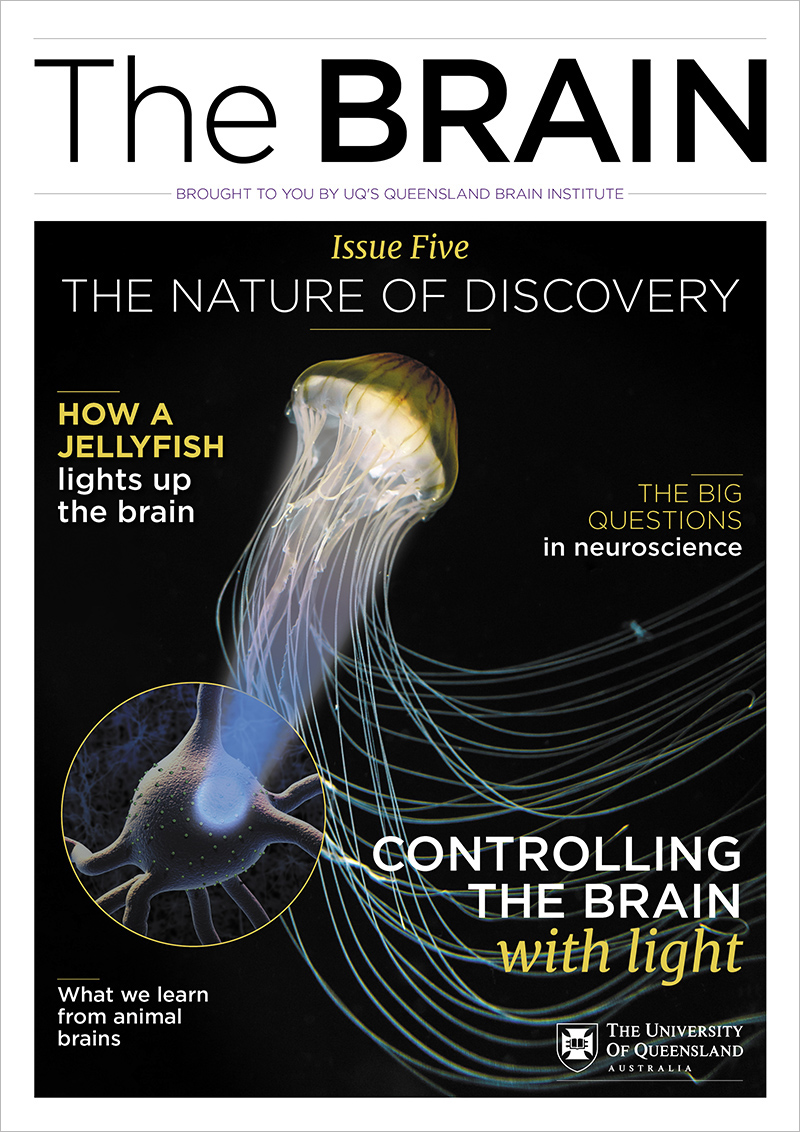In the late 1990s, biologists Professor Andrew Fire and Professor Craig Mello were studying how genes are expressed, or turned on, when they made a remarkable discovery about DNA’s single-strand cousin, ribonucleic acid (RNA).
At the time, it was already well known that genes contain the instructions for making specific proteins—the building blocks of the body’s cells and their functions—and that messenger RNA relays those instructions to the protein-making regions of the cell. Professors Fire and Mello and their colleagues found that by exposing cells to an artificial double-stranded RNA of a specific gene, it can interfere with, and destroy, the normal messenger RNA of that gene.
This process is called RNA interference (RNAi) and allows scientists to silence specific genes as needed. Importantly, Professor Gary Ruvkun and Professor Victor Ambros discovered that cells in C. elegans also use a similar mechanism, via tiny pieces of RNA (microRNA), to turn off specific genes.
At UQ's Queensland Brain Institute, Professor Massimo Hilliard and his team are using RNAi in C. elegans to help understand how to repair the long, cable-like axons of nerve cells, which can be damaged by trauma or degraded in many brain diseases.
A main challenge has been the delivery method: how do you get these small interfering RNAs into the right cells at the right time? For this, researchers have had help from some unexpected allies in nature: viruses.
Decades of research into infectious viruses, such as HIV and the herpes simplex virus, has revealed these viruses can be co-opted to deliver genetic material into human cells. By removing all the harmful genetic information and leaving the virus shell, scientists have effectively turned these viruses into tiny cargo containers that can deliver synthetic DNA or RNA.
Viruses can be made to target specific cell types at certain times, allowing, for example, the delivery of RNA to brain cells undergoing repair in a particular part of the brain. These technologies have now become indispensable research tools.
Associate Professor Tim Bredy is using virally delivered RNA to try to enhance memory, and Professor Jürgen Götz is using the technique to find new treatments for dementia.

